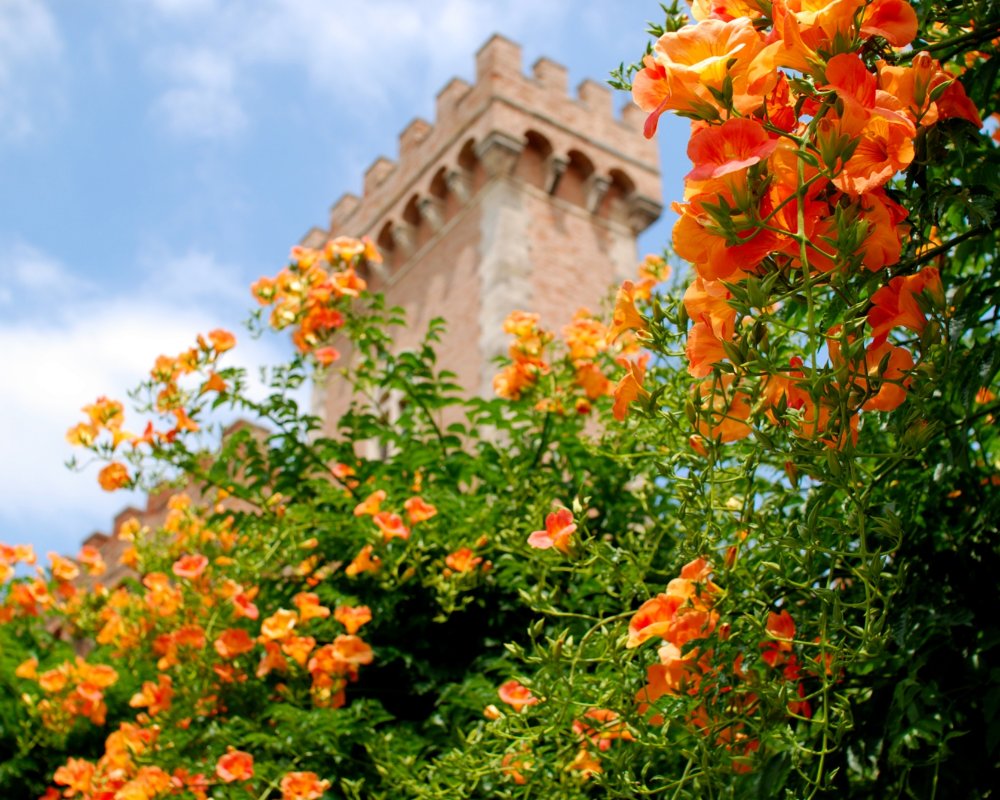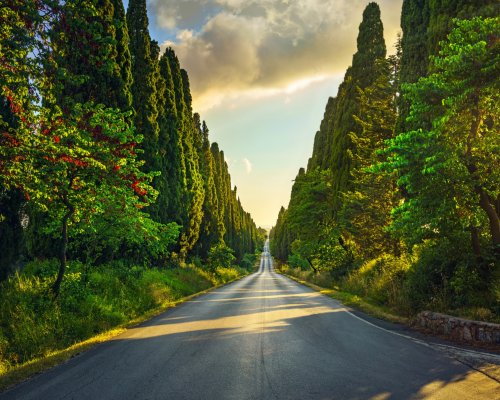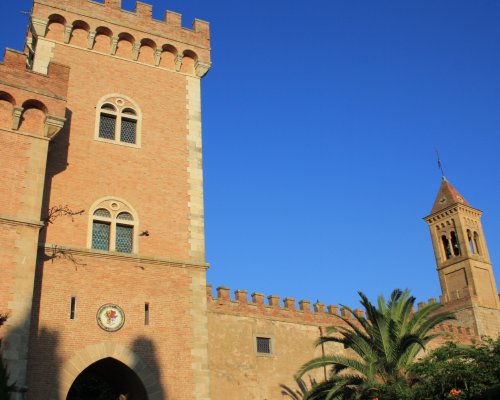Among villages, hills and mistral: here is the poet's Tuscany
The Tuscany we often find in Carducci's verses welcomes us on this journey back in time: places made immortal by poetry and the natural beauty they enjoy.
A literary itinerary in the Etruscan Coast to discover the charm and views that inspired one of Italy's greatest poets.
The first stop along this literary journey is the Oratory of San Guido, a small church on the Via Aurelia made famous by the poem "Davanti San Guido," which was inspired by a train journey, from Rome to Livorno, during which Carducci saw again the cypresses of his childhood, on the avenue that lies just in front of the oratory.
The first stop along this literary journey is the Oratory of San Guido, a small church on the Via Aurelia made famous by the poem "Davanti San Guido," which was inspired by a train journey, from Rome to Livorno, during which Carducci saw again the cypresses of his childhood, on the avenue that lies just in front of the oratory.
The cypresses “alti e schietti in duplice filar” (tall and genuine in a double row) connect San Guido to Bolgheri: two rows of dense, centuries-old trees, 2540 in all, bordering the avenue built in the 19th century when, following the reconstruction of the Via Regia, roads were built perpendicular to it to connect it to the surrounding towns and villages.
The cypresses “alti e schietti in duplice filar” (tall and genuine in a double row) connect San Guido to Bolgheri: two rows of dense, centuries-old trees, 2540 in all, bordering the avenue built in the 19th century when, following the reconstruction of the Via Regia, roads were built perpendicular to it to connect it to the surrounding towns and villages.
Following this road full of charm, you arrive at Bolgheri, an ancient village that grew around a medieval castle: the paved alleys, the squares that open onto the green views of the countryside and the village life animated by the artisan workshops, taverns and shops make the visit a very pleasant experience.
It will be fun to sit in one of the many taverns and taste the typical products of the area, accompanied of course by the wine that is produced right here and that Carducci himself appreciated.
Following this road full of charm, you arrive at Bolgheri, an ancient village that grew around a medieval castle: the paved alleys, the squares that open onto the green views of the countryside and the village life animated by the artisan workshops, taverns and shops make the visit a very pleasant experience.
It will be fun to sit in one of the many taverns and taste the typical products of the area, accompanied of course by the wine that is produced right here and that Carducci himself appreciated.
Crossing the Strada del Vino you arrive in Castagneto Carducci, with its historic town center characterized by narrow streets, natural terraces overlooking the sea and the countryside, harmonious squares and ancient stores.
From here it is easy to observe the “irti colli” (the bristling hills) and imagine what was the inspiration of the poet who lived part of his life in Castagneto.
His childhood home is now a museum: the inner rooms and furniture, provided by the heirs of the previous owners, evoke the discreet charm of the old family interiors that served as the backdrop to the poet's childhood.
The former residence of young Giosué is remembered with a memorial plaque placed above the facade of the building.
Crossing the Strada del Vino you arrive in Castagneto Carducci, with its historic town center characterized by narrow streets, natural terraces overlooking the sea and the countryside, harmonious squares and ancient stores.
From here it is easy to observe the “irti colli” (the bristling hills) and imagine what was the inspiration of the poet who lived part of his life in Castagneto.
His childhood home is now a museum: the inner rooms and furniture, provided by the heirs of the previous owners, evoke the discreet charm of the old family interiors that served as the backdrop to the poet's childhood.
The former residence of young Giosué is remembered with a memorial plaque placed above the facade of the building.
Again in Castagneto the Museo Archivio Carducci proposes the major moments of the poet's literary activity, linked to the sounds and scents of the Maremma that became a source of inspiration for his works.
On display in special showcases are books and magazines with editions by Carducci and iconographic material, especially photographs, of Carducci's people and places, but above all the drafts of the poems related to the territory.
The museum was completely renovated in 2007, on the occasion of the centenary of the great poet's death: the rooms that comprise the museum were part of the complex that until 1838 was the old Palazzo Pretorio, which became the present Town Hall.
Again in Castagneto the Museo Archivio Carducci proposes the major moments of the poet's literary activity, linked to the sounds and scents of the Maremma that became a source of inspiration for his works.
On display in special showcases are books and magazines with editions by Carducci and iconographic material, especially photographs, of Carducci's people and places, but above all the drafts of the poems related to the territory.
The museum was completely renovated in 2007, on the occasion of the centenary of the great poet's death: the rooms that comprise the museum were part of the complex that until 1838 was the old Palazzo Pretorio, which became the present Town Hall.
Our itinerary ends in Carducci's “cerchio della fanciullezza” (circle of childhood) through a non-place that represents the whole essence of his “dolce Maremma” (sweet Maremma): the Literary Park in which the elements of his poetry and his life blend together.
The cypresses, the salty air, the wind, the hills and the golden countryside give life to a strip of land that will remain forever linked to the poet's verses and that communicates the sensations that inspired Carducci in his works: visitors can thus relive the creative impulses and fascinations through the environmental enhancement, history and traditions of those who made these places immortal.
Our itinerary ends in Carducci's “cerchio della fanciullezza” (circle of childhood) through a non-place that represents the whole essence of his “dolce Maremma” (sweet Maremma): the Literary Park in which the elements of his poetry and his life blend together.
The cypresses, the salty air, the wind, the hills and the golden countryside give life to a strip of land that will remain forever linked to the poet's verses and that communicates the sensations that inspired Carducci in his works: visitors can thus relive the creative impulses and fascinations through the environmental enhancement, history and traditions of those who made these places immortal.


